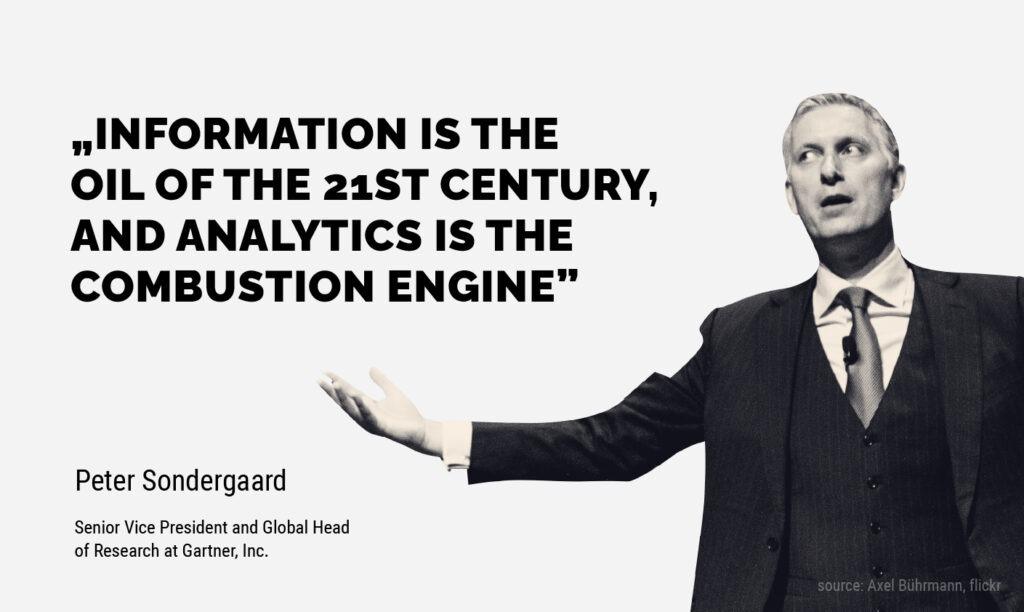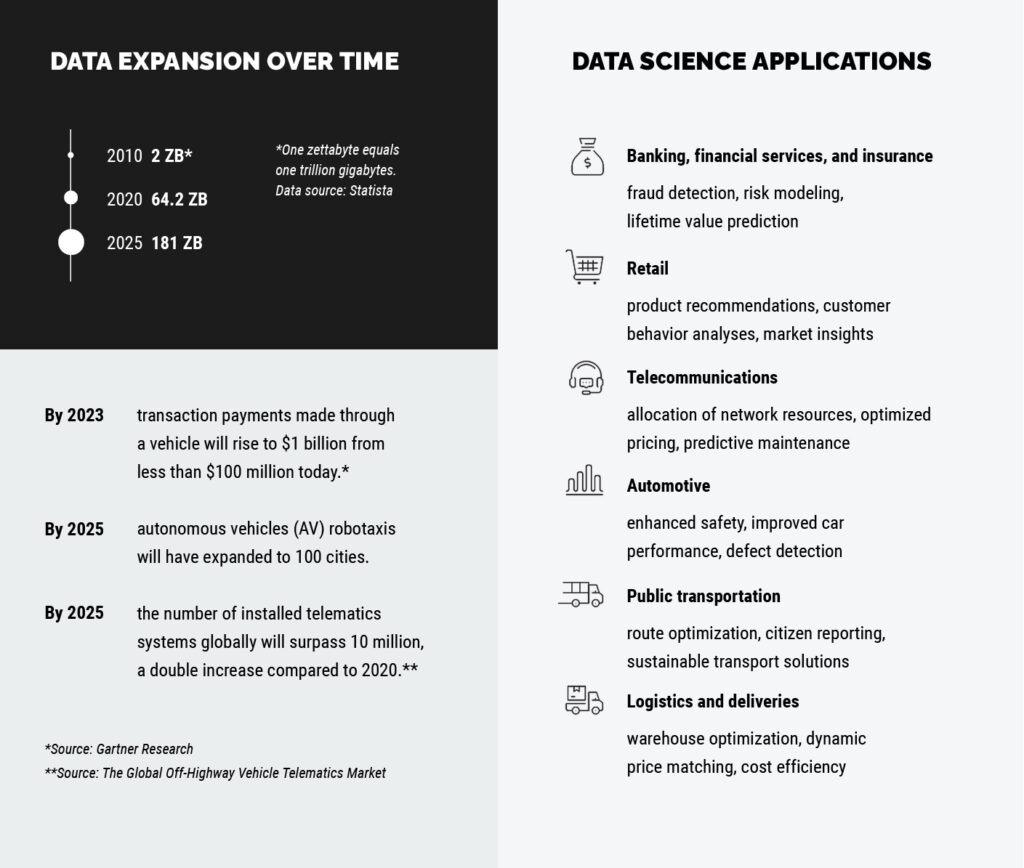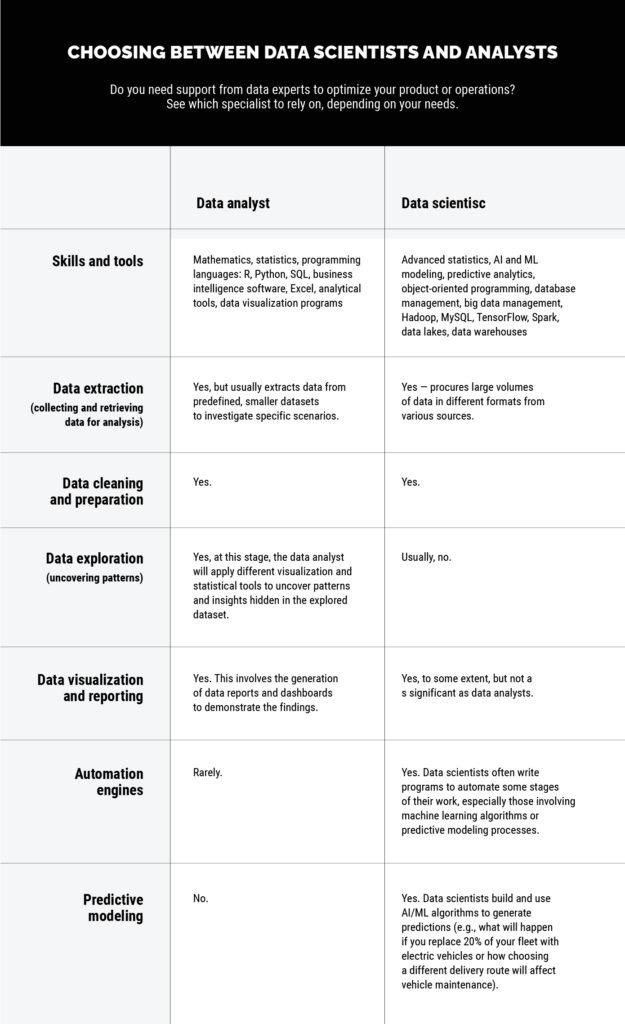Data analytics vs. data science: Equal, but not the same
Even though the idea of extracting valuable knowledge from gathered data emerged in the 1960s, in 2022, many of us still struggle to differentiate between data science and analytics. Both deal with data, use techniques and theories from mathematics, computer science, statistics, and other disciplines, and both can benefit your business in many ways.
However, these terms should not be used interchangeably, as they refer to distinct concepts. Business-wise, you need support from a data analyst in some cases, but seek assistance from a data scientist in others. But let’s start from the basics.
What is data science?
In simple terms, data science is a field of research that looks into gathering, integrating, modifying, and manipulating data. Just as a biologist dissects an animal to learn what’s inside or looks under the microscope to understand how amoeba function, a data scientist investigates mass volumes of information to assess what knowledge can be derived from it to inform various industries and disciplines.
As a multidisciplinary field, data science comprises statistics, mathematics, artificial intelligence (AI), software programming, and advanced analytics. It uses raw data to identify trends, patterns, and correlations and uncover actionable, industry-specific insights. By leveraging data science, companies can improve decision-making, eliminate errors, streamline operations, and optimize the customer experience, among other benefits.
For example, in car insurance, data scientists apply AI algorithms to help providers establish dynamic pricing aligned with the driver’s risks. Or in fleet management, data-driven analytics software allows managers to understand asset utilization, improve fuel efficiency, and optimize maintenance to save costs.
The scope of data scientists’ work embraces stages such as:









